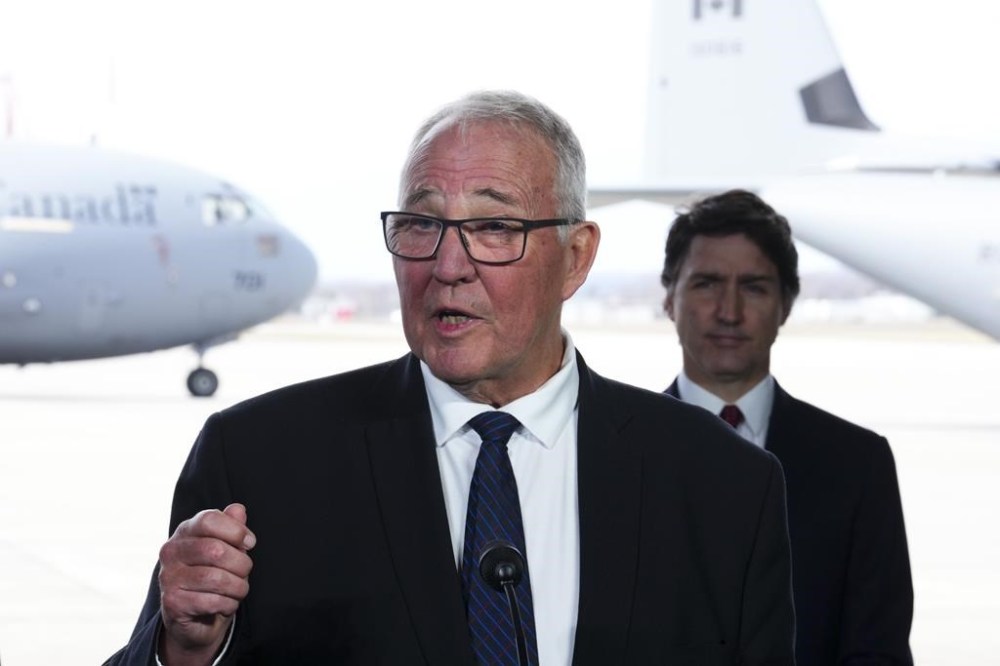What’s in Canada’s new ‘Our North, Strong and Free’ defence policy
Advertisement
Read this article for free:
or
Already have an account? Log in here »
To continue reading, please subscribe:
Monthly Digital Subscription
$0 for the first 4 weeks*
- Enjoy unlimited reading on winnipegfreepress.com
- Read the E-Edition, our digital replica newspaper
- Access News Break, our award-winning app
- Play interactive puzzles
*No charge for 4 weeks then price increases to the regular rate of $19.00 plus GST every four weeks. Offer available to new and qualified returning subscribers only. Cancel any time.
Monthly Digital Subscription
$4.75/week*
- Enjoy unlimited reading on winnipegfreepress.com
- Read the E-Edition, our digital replica newspaper
- Access News Break, our award-winning app
- Play interactive puzzles
*Billed as $19 plus GST every four weeks. Cancel any time.
To continue reading, please subscribe:
Add Free Press access to your Brandon Sun subscription for only an additional
$1 for the first 4 weeks*
*Your next subscription payment will increase by $1.00 and you will be charged $16.99 plus GST for four weeks. After four weeks, your payment will increase to $23.99 plus GST every four weeks.
Read unlimited articles for free today:
or
Already have an account? Log in here »
Hey there, time traveller!
This article was published 08/04/2024 (594 days ago), so information in it may no longer be current.
OTTAWA – Canada’s military is set to take a bigger role in the North over the next two decades as climate change and increasingly aggressive foes threaten Arctic sovereignty.
In all, the “Our North, Strong and Free” defence policy will allocate another $73 billion over the next 20 years.
Here are some of the details of how that money will be spent:

$9.5 billion to ramp up production of new artillery ammunition in Canada and buy up rounds for our own stockpile.
$18.4 billion for new tactical helicopters to replace the CH-146 Griffon fleet.
$2.7 billion to purchase long-range missiles for the Army.
$1.4 billion for specialized maritime sensors that can detect missiles, underwater systems, ships and submarines.
$307 million on airborne early warning aircraft.
$2.8 billion for a new Canadian Armed Forces Cyber Command.
$5.5 billion to buy a comprehensive worldwide satellite communication capability that ensures adversaries can’t jam or disrupt communications.
$9 billion for critical updates to existing equipment over the next 20 years.
$9.9 billion to extend the life of the Halifax-class frigates and at-sea replenishment capabilities.
The government is also committing to “explore options” for several new capabilities, including:
— Ground-based air defence systems to protect against drones, missiles and artillery.
— Long-range air and sea missiles.
— Upgraded or new battle tanks and light armoured vehicles.
— Submarines, which will be conventionally powered and capable of performing under the ice.
— Surveillance and strike drones, along with counter-drone capabilities.
— All-terrain vehicles that are adapted to the ice, snow and tundra.
— Ways to enable the new Arctic and offshore patrol ships to operate helicopters at sea.
This report by The Canadian Press was first published April 8, 2024.


